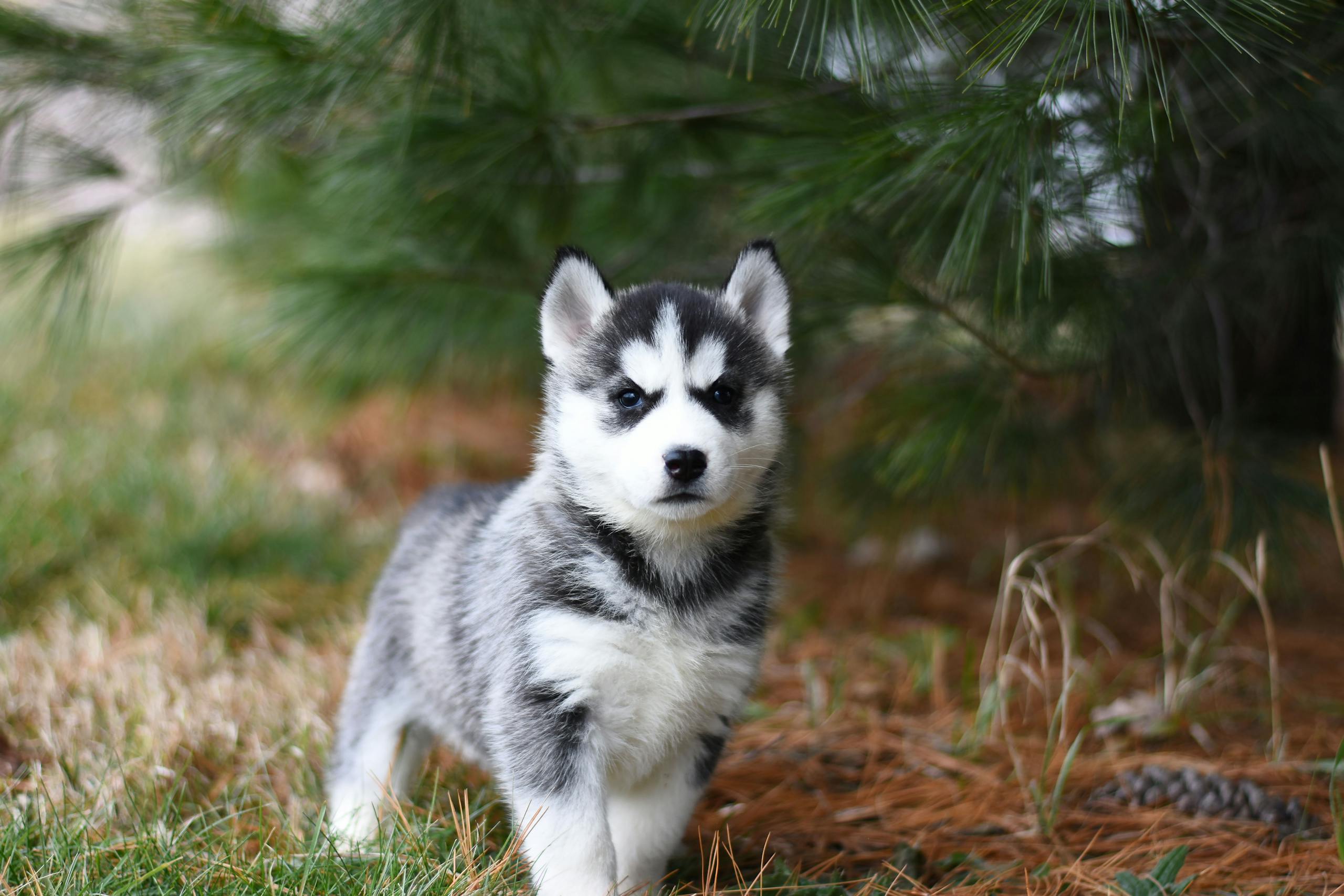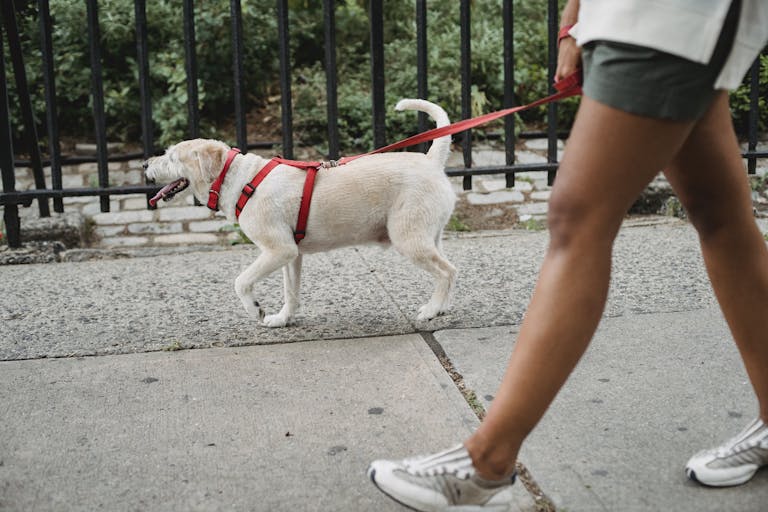The First 7 Signs of Stress in Your Dog (and How to Respond)

Noticing the early signs of stress in your dog can mean the difference between a calm companion and a dog who struggles silently. Dogs communicate discomfort long before they bark, growl, or bite—but only if you know how to read them.
In this article, you’ll learn to recognize the 7 subtle stress signals most owners miss, and what you can do to respond with confidence and compassion.
Why Spotting Early Stress Matters
Stress doesn’t just impact your dog’s behavior—it affects their immune system, digestion, and ability to learn. A stressed dog isn’t “being bad,” they’re communicating that something doesn’t feel right.
Most unwanted behaviors—like barking, chewing, or pulling—start with unmanaged stress.
1. Yawning (Outside of Sleepiness)
Frequent yawns during training, social interaction, or loud environments are not boredom—they’re calming signals. Your dog is trying to self-soothe.
💡 What to do: Pause the interaction, soften your voice, or give space. Yawning yourself (yes!) can help too.
2. Lip Licking or Nose Flicking
This isn’t about tasting treats. Dogs lick their lips or flick their tongues when they’re uncomfortable, often in social situations.
💡 When you might see it: During petting, when a stranger leans in, or before reacting to another dog.
3. Panting (Without Heat or Exercise)
Panting when it’s not hot, and your dog hasn’t exercised, is a big stress flag. It’s often seen at the vet, during fireworks, or in new environments.
💡 What to do: Offer a quiet space and calming sounds, like our Nature sounds playlist in Pawsly.app.
4. Whale Eye (White of the Eye Visible)
When your dog turns their head away but keeps their eyes fixed—so you see the whites—they’re anxious. This often shows up before snapping or growling.
💡 Common cause: Feeling cornered or overwhelmed.
5. Pacing or Restlessness
A calm dog lies down or shifts slowly. A pacing dog is scanning for safety. This can escalate if ignored.
💡 Tip: Reduce stimuli, guide your dog to a safe space, and avoid interacting until they settle.
6. Shaking Off (When Not Wet)
Just like after a bath, a dog will shake to release physical tension. After a stressful event (like meeting a new dog), this is a clear reset signal.
💡 What it tells you: That moment was stressful—take it as feedback.
7. Freezing or Sudden Stillness
When a dog becomes still—not calm, but frozen—they may be entering “fight, flight, or freeze” mode. This is often the last warning before escalation.
💡 NEVER ignore a freeze. Back away, lower your posture, and allow your dog to reset.
What Stress Isn’t
- Excitement: Looks similar but usually includes wagging and open body posture
- Disobedience: Dogs don’t ignore you out of spite—they’re often overstimulated
- “Bad behavior”: Chewing, barking, or hiding is usually a coping mechanism
How to Help Your Dog De-Stress
- 🐾 Create a predictable daily routine
- 🎵 Use calming sounds (like Nature Sounds or Heartbeat Vibes from Pawsly)
- 🚶 Allow decompression walks (sniffing over structure)
- 🧘 Practice short meditation sessions together (3–10 min)
- 🏡 Provide a safe space (crate or cozy corner)
🎧 Try This Now: Nature Sounds for Stress Relief
Calm your dog’s nervous system in minutes with soft rain, forest sounds, or heartbeat audio.
👉 Explore Pawsly.app and start your free trial today.
✅ Recap: 7 Early Signs of Stress
- Yawning in context
- Lip licking
- Panting without cause
- Whale eye
- Pacing or restlessness
- Shaking off
- Freezing or going still
Understanding your dog’s body language is the first step toward a calmer, more trusting relationship.





